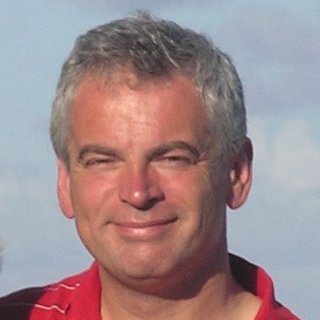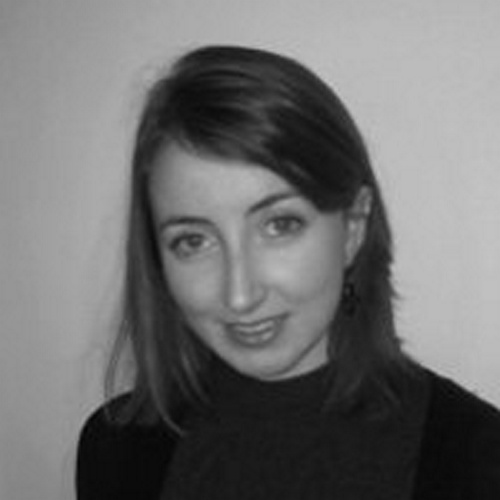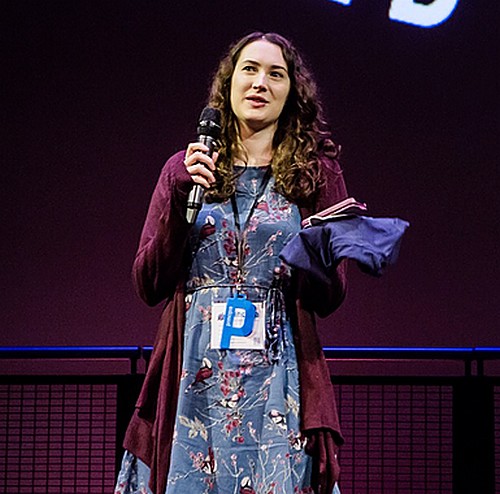Spectroscopy is a technique used to measure the spectrum of electromagnetic radiation and includes the visible light which radiates from stars and hot celestial objects.
This talk explains the terms used in astro-spectroscopy and examines how, using blue spruce maids technology now available to the amateur astronomer, scientific measurements of a star’s type, temperature and chemical composition can be made.
The equipment and computer software required to carry out spectroscopy on stars is examined and an example of the process of turning a processed spectrum image into useful calibrated scientific data is explained.
Dr David Lisk is a keen amateur astronomer and a retired Head of Informatics and Technology at a Higher Education college, where he lectured in Applied Science.
Doors open about 7.15pm. There is free parking available on the campus in the evenings. Admission Free, including light refreshments. We are located in the Bell Theatre, Department of Mathematics and Physics, QUB – details here……







